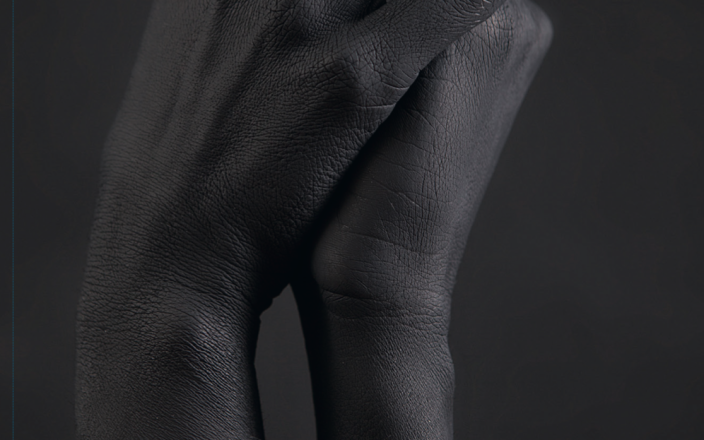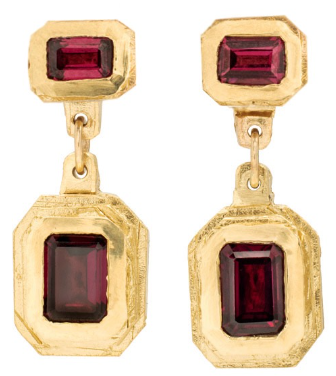The diamond industry, which saw a remarkable surge in 2021 and 2022 driven by heightened pandemic-era demands, is now grappling with a significant decline. This diamond price downturn seems to be a natural correction following the unprecedented upswing.
In particular, natural white diamond prices have witnessed a notable slump. According to ABC News, statistics reveal a 10.7 percent dip in 2022, with a staggering 21.3 percent fall recorded from January 1 to November 1 of the current year alone. Over a span of two years, the price of a one-carat diamond has plummeted by a substantial 32 percent.
Several factors have been attributed to this decline, with central bank interest rate hikes aiming to curb inflation playing a pivotal role. Diamond prices, known for their strong correlation with GDP growth, have reacted significantly to these economic shifts.
The emergence and increasing popularity of lab-grown or synthetic diamonds have exerted immense pressure on the market. De Beers, a dominant player in the diamond trade, entered the synthetic diamond market in 2018, subsequently exiting the engagement ring segment. According to ABC News, the widening price differential between natural and lab-grown diamonds has led to a divergence in consumer preferences, favouring the more affordable synthetic variants.

Rio Tinto Argyle Rose Ring 1.36-carat, radiant-shaped Argyle Pink Diamond™ of Fancy Deep Pink
While most diamonds face a downward trend, a rare exception exists in the form of pink diamonds sourced from Rio Tinto’s Argyle diamond mine. ABC News reports that these exceedingly scarce and prized pink diamonds continue to defy the prevailing market slump, commanding significantly higher prices.
Advocates of the diamond market believe that the element of rarity inherent in natural diamonds will eventually contribute to a rebound in prices compared to their synthetic counterparts. However, concerns arise regarding the shrinking global rough diamond mining, hinting at a potential scarcity that might boost natural diamond values in the future.
Supply dynamics are also undergoing changes, with hints that restricting the flow of diamonds into the market may aid in stabilising natural diamond prices.
Amidst these fluctuations, uncertainty looms over the future of the diamond industry. Whether the timeless adage of “a diamond is forever,” popularised by De Beers, will hold true in the current market landscape remains to be seen.


